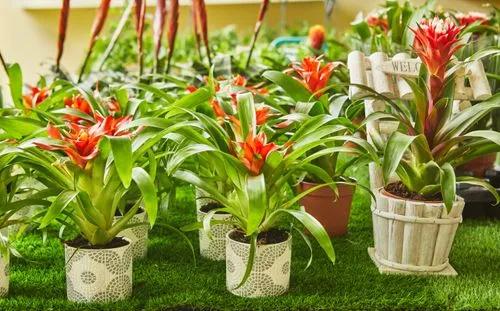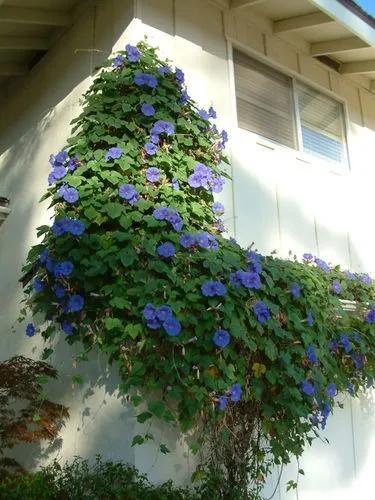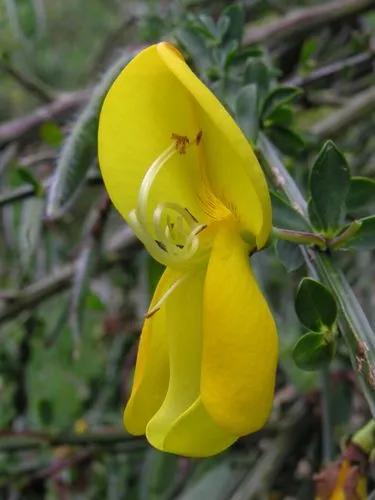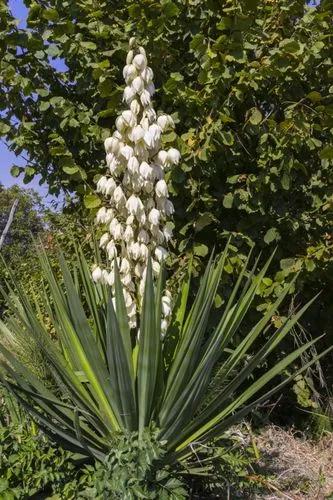Prized for its large, rounded clusters of spoon-shaped, mauve-pink flowers and glossy, heavily textured, deep green leaves. Ideal as a showy accent plant or group for stunning effect. Superb for planting under the filtered light of shade trees.
Ayesha Hydrangea Care
Hydrangea Macrophylla \'ayesha\'



How to Care for the Plant

Water

Tree hydrangeas thrive in lightly moist but not soggy soil. Be careful not to overwater, which can cause root rot and other diseases. However, allowing the soil to dry out too much can cause the foliage to wilt and eventually damage or kill the plant.

Fertilizer

Feed tree hydrangeas twice a year in the early spring and in the fall immediately after the flowers have faded, using a fertilizer for shrubs and trees. Over the summer, the shrubs will benefit from an application of compost.

Sunlight

Tree hydrangeas grow well in full sun to partial shade, meaning at least four hours of direct sunlight on most days. In hot climates, they will benefit from some afternoon shade.

Soil

These shrubs can handle a variety of soil types, including sandy, loamy, and even clay provided that there is good drainage. They prefer an organically rich soil with a slightly acidic to neutral soil pH, though they also can tolerate slightly alkaline soil.

Temperature

These plants have good cold tolerance within their growing zones, especially compared to many other hydrangea species. In hot weather, it’s important to make sure they are well-watered to prevent stress on the plant. Humidity typically isn’t an issue as long as their water requirements are met.

Additional

All parts of the plant are toxic to humans and animals when ingested. They contain the chemical amygdalin, which produces cyanide when it’s metabolized in the body. Higher concentrations are found in the leaves and flowers (including the flower buds) of the plant.

Popularity

328 people already have this plant 56 people have added this plant to their wishlists
Discover more plants with the list below
Popular articles






